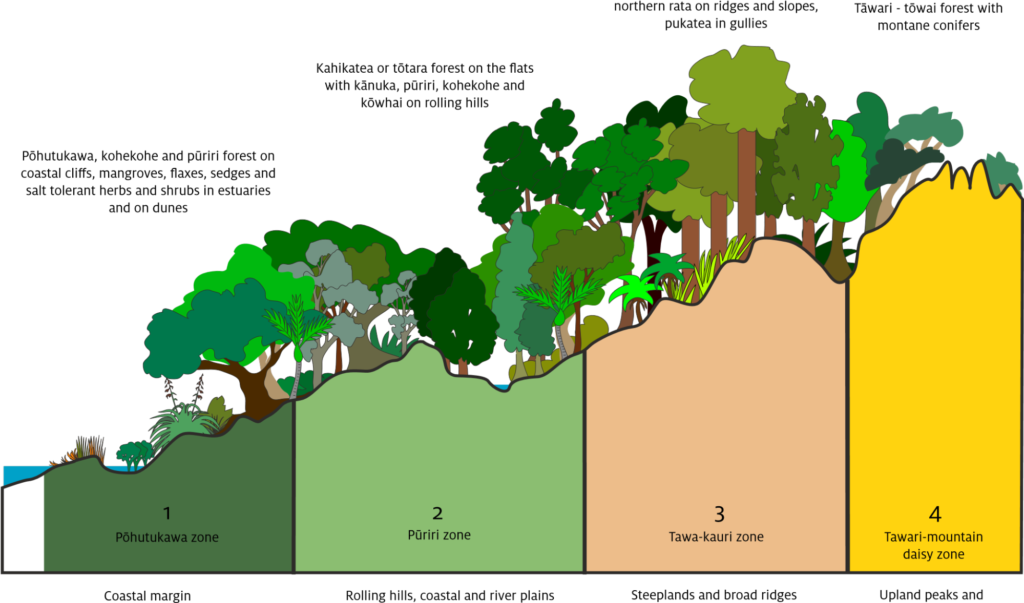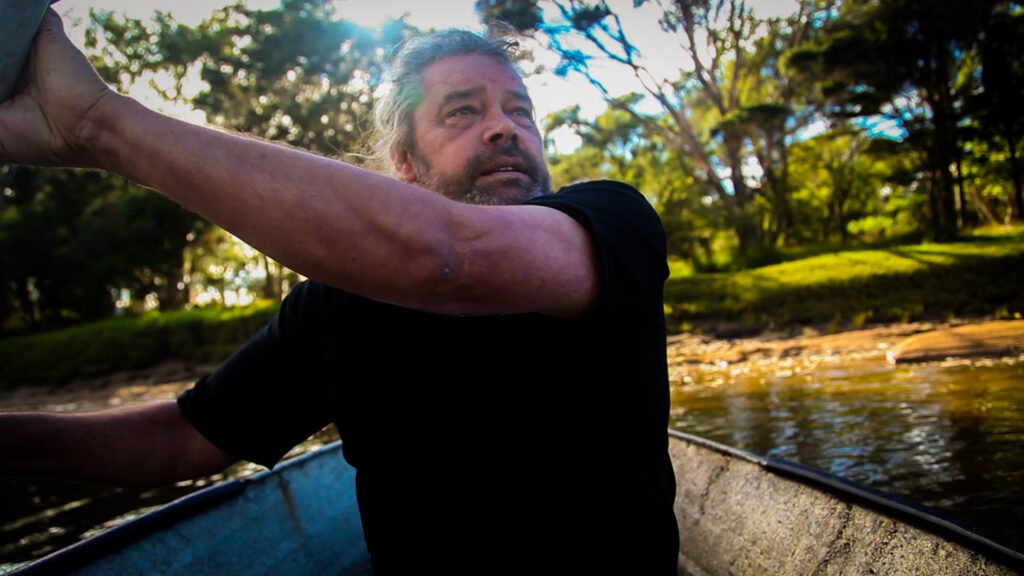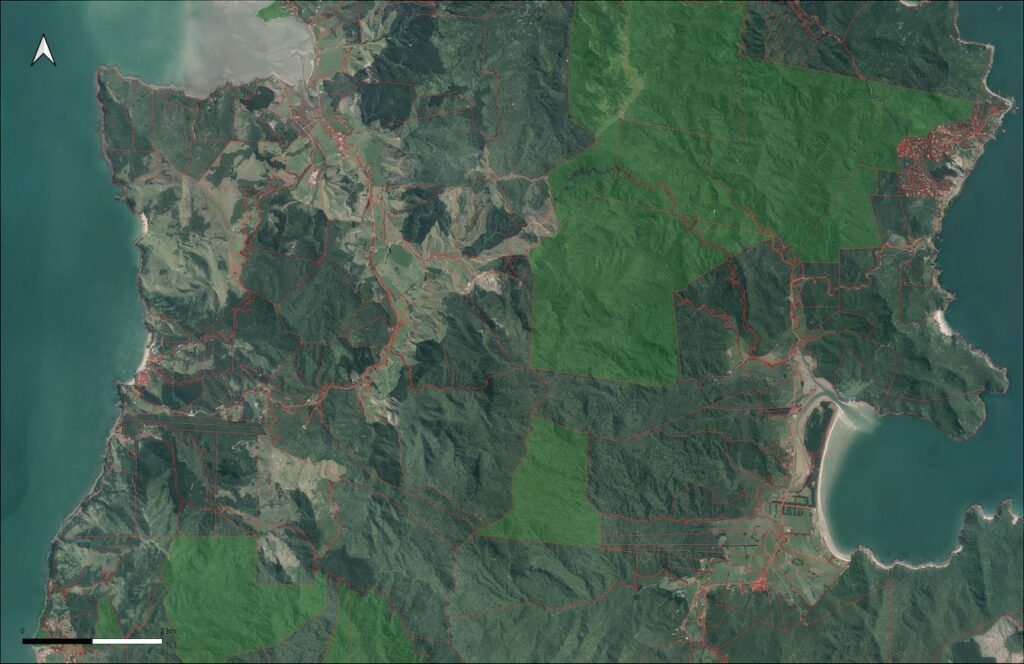The Colville Ecological District covers the northernmost portion of the peninsula, Te Ranga Wairua is in the centre of Colville Ecological District (Figure 3). The Colville ED has not suffered the same amount of clearance as other Ecological Districts in the Waikato Region. With a relatively large amount of scrub, regenerating forest, and (albeit heavily logged) remnants of native forest remaining – it is remarkable for its diversity of high-quality wildlife habitat. it has landforms ranging from floodplains, to rolling, hilly and steepland country.
The vegetation in the broad coastal zone has been considerably modified or cleared, leaving only pockets of original forest and areas of regenerating kanuka and manuka scrub. Notably, however, reasonably mature fragments of tawa with pūriri, kohekohe, taraire, rātā and kauri remain, including around Papa Aroha and Harataunga.
Ki uta ki tai, from the mountains to the sea, Te Ranga Wairua utilizes mātauranga māori traditional ways of understanding and managing the environment, acknowledging the connectedness of nature across habitats such as the forest types listed above. Te Ranga Wairua project area is characterised by this ecological complexity and diversity, covering the spectrum of coastal, estuarine, wetland, forest, and scrub habitats.
Vegetation types of the Colville Ecological District follow a pattern across the width of the Peninsula:

Original native vegetation cover was mainly forest of four types:
• coastal (pōhutukawa, kohekohe and pūriri) forest on the narrow coastal perimeter
• conifer (kahikatea, mataī and tōtara) forest on the flats and poorly drained river terraces
• mixed kauri-conifer-broadleaf forest and rimu-tawa forest throughout the hill country
• montane conifer forest with patches of tōwai-tāwari-tāwheowheo scrub at the high altitudes.
The original forests of the Coromandel assisted in protecting and building the soil resource, playing a vital role in reducing erosion and the resultant effects of sedimentation and flooding. They helped to maintain a clean, healthy water resource and provide habitat for native species.




